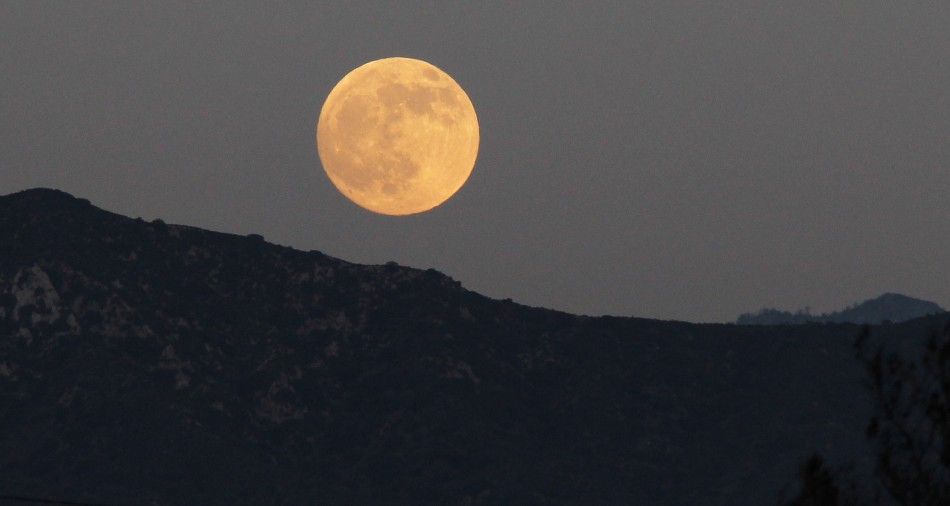Lunar Eclipse December 2011: Dazzling Images of the Eclipse Around the World [PHOTOS]
The lunar eclipse on Saturday, Dec. 10, 2011, was truly a treat for night-sky watchers.
The moon took on a reddish hue Saturday night. Indirect sunlight hit the moon after passing through the Earth's atmosphere. Since the atmosphere only scatters blue light, the red light struck the moon and gave it a crimson hue, reports The AP.
On Saturday, Moon-gazers around the world saw the total lunar eclipse, a rare celestial phenomenon that will not occur for another three years. The next one to occur will be on April 15, 2014, and will be seen from the United States.
Dr. Tanya Hill, an astronomer from the Melbourne Planetarium, told ABC: ''Generally there are two or three eclipses each year, so somewhere on the planet you can see it, but we've got a bit of a wait before we see our next total eclipse.''
A total lunar eclipse occurs when the moon moves through the long shadow cast by the Earth and is blocked by the sunlight that illuminates it.
Some were unable to see the beautiful rarity because a cloud was blocking the view. However, hundreds around the world caught the sight -- from San Francisco to Idaho to Japan to Hong Kong.
At the Griffith Observatory in Los Angeles, about 300 people gathered to catch the view.
It's a celestial festival out here, Capm Petersen, 39, told the Los Angeles Times as he set up his camera. For 51-minutes, beginning at 6:06 a.m. PST, the Earth's shadow completely blocked the moon.
Also Read: Total Lunar Eclipse as Seen from Historic Sites [PHOTOS]







© Copyright IBTimes 2025. All rights reserved.





















